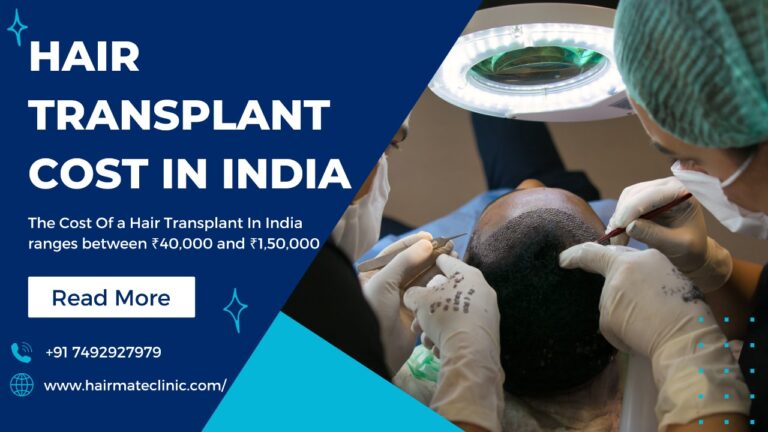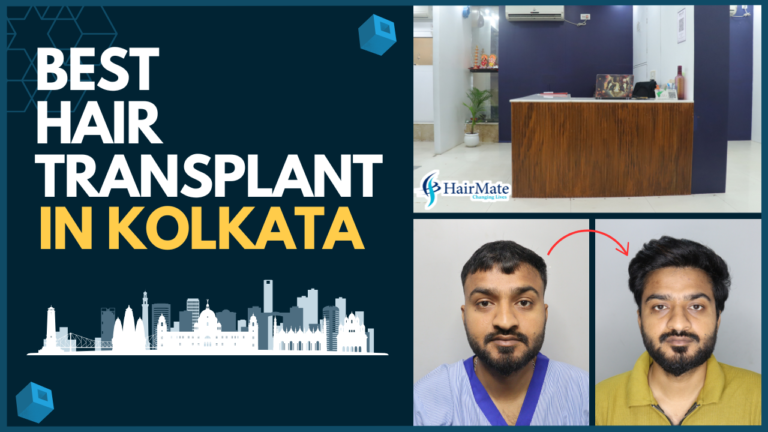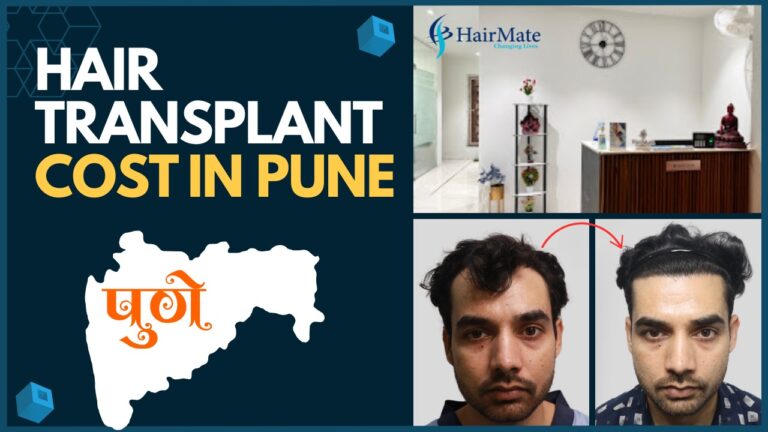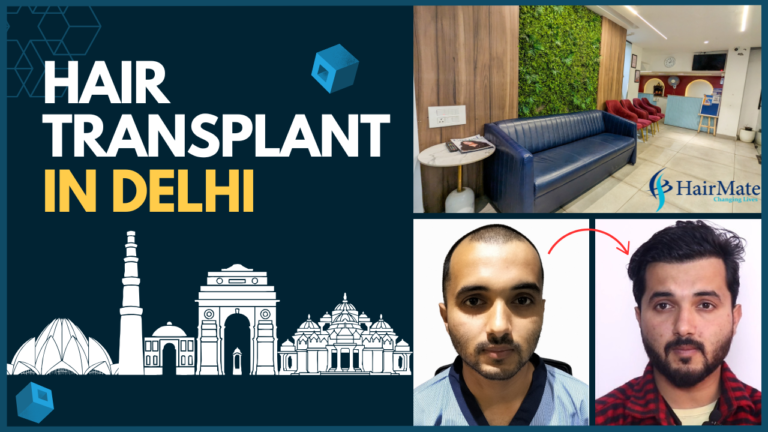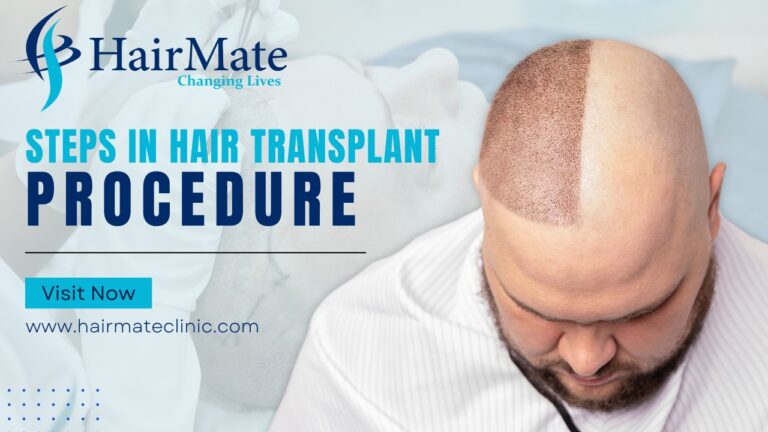Are Hair Transplant Results Permanent?
Hair loss can be a distressing experience for many individuals, affecting not only their physical appearance but also their self-esteem. Fortunately, advancements in medical science have introduced hair transplant procedures as a viable solution to combat hair loss. One common question that arises among those considering this intervention is whether the results are permanent?. Are hair transplants getting better?
In this article, we will explore the permanence of hair transplant results and key factors to consider.
Understanding the Basics of Hair Transplant:
Hair transplant is a surgical procedure that involves relocating hair follicles from one part of the body, often the back or sides of the scalp (donor area), to the areas experiencing hair loss (recipient area). The two primary techniques employed in hair transplant procedures are follicular unit transplantation (FUT) and follicular unit extraction (FUE).
Will a Hair Transplant Last forever?
The permanence of hair transplant results is closely linked to the stability of the donor area. If the donor area experiences progressive hair loss, it may affect the long-term success of the transplant. However, the back and sides of the scalp are often resistant to DHT, making them reliable donor areas for most individuals.
The Advantage for HAIRMATE Permanent Results. Hair transplant results are generally considered to be permanent. The transplanted hair follicles are typically resistant to the hormone dihydrotestosterone (DHT), which is a major contributor to hair loss. As a result, the transplanted hair tends to retain its characteristics and resist falling out over time.
Factors Influencing Permanence:
Donor Area Stability: The donor area is a crucial aspect of hair transplantation, playing a significant role in the overall success and aesthetics of the procedure. In a hair transplant, hair follicles are typically harvested from the donor area and transplanted to the recipient area, where hair loss has occurred. Here are key points about the donor area in a hair transplant:
Location of Donor Area: The donor area is usually located on the back and sides of the scalp.This region is often referred to as the “permanent zone” because the hair follicles in this area are genetically resistant to the hormones responsible for hair loss.
Hair Follicle Suitability: Hair follicles in the donor area are selected for transplantation based on their suitability for the recipient area.
These follicles are less likely to be affected by the processes of miniaturization that lead to hair loss.
Follicular Unit Extraction (FUE) vs. Strip Harvesting (FUT):
In FUE, individual follicular units are extracted one by one from the donor area using a micro-punch tool. This method leaves tiny, often imperceptible scars.
FUT involves removing a strip of scalp from the donor area and then dissecting it into individual follicular units. This leaves a linear scar that can be hidden by surrounding hair.
Healing and Scarring:
FUE typically results in small, dot-like scars scattered throughout the donor area. These scars are less noticeable and may be more suitable for those who prefer short haircuts.
FUT leaves a linear scar, which is usually well-hidden by surrounding hair. The appearance of the scar can vary based on factors such as individual healing and the skill of the surgeon.
Donor Area Preservation:
The surgeon must carefully assess and manage the donor area to ensure an adequate supply of healthy hair follicles.
Over-harvesting from the donor area can lead to a thin and unnatural appearance, which is why a conservative approach is often advised.
Post-Operative Care:
Proper care of the donor area is essential for optimal healing.
Patients are typically advised to avoid strenuous activities, direct sunlight, and certain hair care products in the immediate postoperative period.
Results and Aesthetics:
The success of a hair transplant greatly depends on the naturalness of the transplanted hair.
A well-managed donor area contributes to a harmonious and natural-looking result.
It’s important for individuals considering a hair transplant to consult with a qualified and experienced surgeon who can assess the suitability of their donor area and provide personalized recommendations based on their unique hair loss pattern and goals.
Surgeon Skill and Technique: At HAIRMATE, we take pride in our team of highly skilled and experienced surgeons. Our experts are dedicated to not only meeting but exceeding your expectations. With their precision and proficiency, our surgeons ensure a seamless extraction and strategic placement of hair follicles. This commitment to excellence minimizes the risk of complications and maximizes the potential for long-term success, providing you with the confidence you deserve.
The skill and expertise of the surgeon play a crucial role in the success and permanence of hair transplant results. A skilled surgeon will ensure proper extraction and transplantation of hair follicles, minimizing the risk of complications and optimizing the chances of long-term success.
Post-Operative Care:
How long does a hair transplant last?
Following the transplant procedure, adhering to post-operative care instructions is essential. Proper care helps facilitate the healing process and ensures the transplanted follicles establish a strong connection with the recipient area. Neglecting post-operative care may compromise the permanence of the results.
Does hair transplant last forever?
While a hair transplant can provide long-lasting and often permanent results, it’s important to note that the success of the procedure can vary from person to person.The transplanted hair follicles are typically genetically resistant to the hormone dihydrotestosterone (DHT), which is responsible for hair loss in male and female pattern baldness. As a result, the transplanted hair tends to continue growing in its new location.However, the longevity of the results depends on various factors, including the skill of the surgeon, the quality of the donor hair, and the patient’s overall health.A hair transplant can provide long-lasting and often permanent results, but individual experiences may vary. Regular follow-up with a qualified medical professional and proper maintenance are crucial for maximizing the success and longevity of the procedure.
At HAIRMATE, we understand that each individual is unique. That’s why we offer tailored solutions that consider the specific needs and goals of every client. Our consultations are comprehensive, ensuring a detailed analysis of your donor area stability and overall health. With a personalized approach, we ensure the success and permanence of the results we achieve for you.
Patient Health and Lifestyle:
Individual health and lifestyle factors also contribute to the longevity of hair transplant results. Maintaining a healthy lifestyle, managing stress, and avoiding harmful habits can positively impact the overall health of hair follicles.
Conclusion:
In conclusion, “hair transplant results are generally considered permanent, providing a lasting solution to hair loss. However, individual variations and external factors may influence the long-term success of the procedure. Consulting with a qualified and experienced surgeon, following post-operative care guidelines, and maintaining overall health are crucial steps in ensuring the best possible outcomes from a hair transplant.”
HAIRMATE stands as your partner in the quest for timeless and permanent hair restoration. Our commitment to excellence, innovative techniques, and personalized care guarantee that your investment in regaining a fuller, more vibrant head of hair is one that lasts. Choose HAIRMATE for enduring results, and embark on a journey toward renewed confidence and self-assurance. Schedule your consultation today and witness the HAIRMATE difference.
For Consultation, Call/WhatsApp on: +91-7492927979

